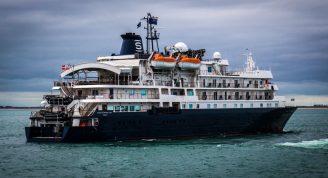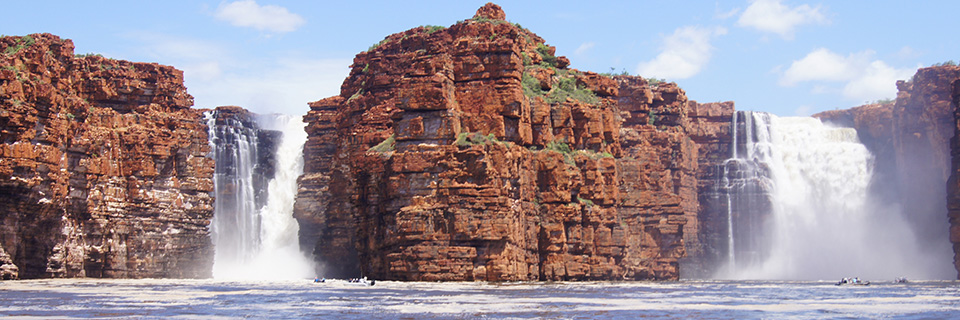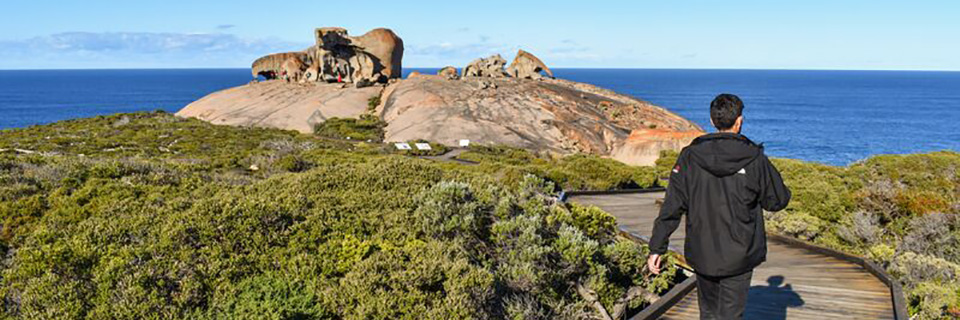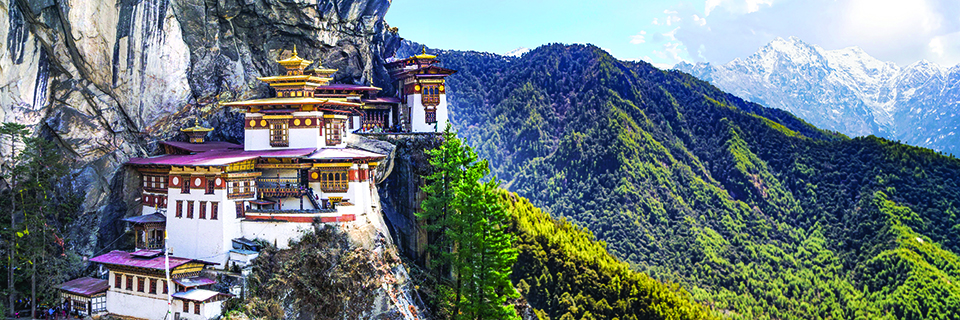Description
Hop on a train and watch the incredible landscape of France and Spain roll past, exploring country highlights like Paris, Nimes, Barcelona and Madrid. Sip champagne, taste flaky croissants and share tapas and jugs of sangria before heading into Portugal, where you’ll be relaxing on the pristine coast of the Algarve and exploring delightful towns and villages. Hop on a ferry and cross the Gibraltar Strait into Northern Africa, where your Moroccan adventure begins. Explore the medinas of Marrakech, buy a fes in Fes, hike the High Atlas Mountains and trek through scenic Amazigh villages. Join a camel caravan into the Sahara and sleep under the stars in a desert camp. There will be something for everyone on this mammoth month through Southern Europe and Morocco.
- Wander the streets beloved by centuries of artists and wander the home of the Bohemian art movement in Montmartre. Through Paris, you can see the Moulin Rouge and walk up to the Sacre Coeur – they call it the City of Love for a reason!
- Explore Portugal’s pristine coast along the Algarve, soaking up the sun on the sand, traversing rocky cliff tops, discovering hidden coves and watching the sunset over the Atlantic Ocean.
- Indulge in buttery croissants in France, share a plate of tapas in Madrid, take a sip (or two, or three) of port in Lisbon and tuck into a tajine in Marrakech.
- Hike the High Atlas Mountains and trek through Amazigh villages, exploring the region and getting a glimpse of local life in the mountainous region.
- Catch a camel ride out into the Sahara, where you’ll trade stories around a campfire with your travel buddies and the local Bedouin people, then sleep under the stars among the sand dunes.
















